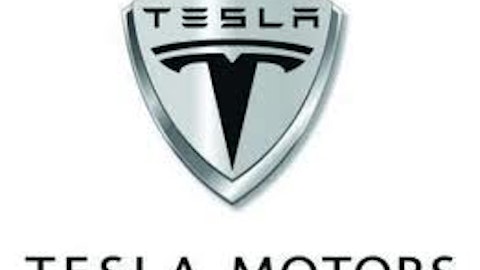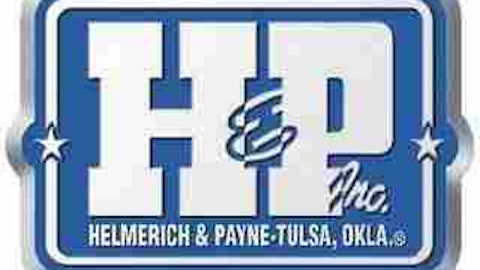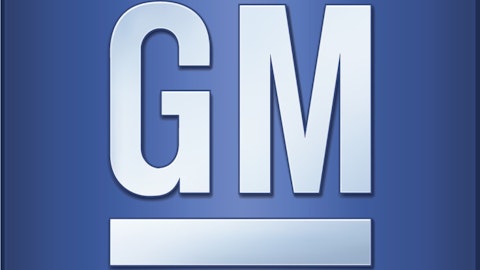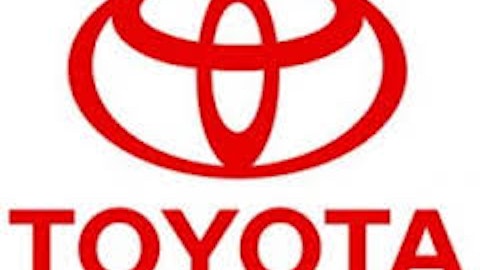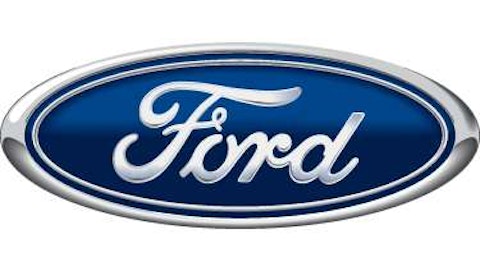Last quarter, Winnebago’s earnings rose an astounding 833% to $0.22 per share, topping the analyst consensus by 7 cents. Revenue rose 34.7% to $177.2 million, also ahead of analyst estimates. The company also noted that its order backlog had increased for five consecutive quarters, rising 174% year-on-year. Winnebago’s 17% sales growth in the United States and Canada also outpaced an industry-wide gain of 7% in North America.
Looking forward, Winnebago also sees the same positive catalysts as Thor Industries on the horizon. Winnebago CEO Randy Potts stated, “We believe the motorized RV market will continue to grow toward pre-recession levels. Improved economic indicators such as rising housing starts, lower unemployment and attractive interest rates should create a positive environment going forward.”
The Foolish fundamentals
Although the top and bottom-line growth of RV makers is certainly appealing, investors need to realize that RVs occupy a niche market that is highly vulnerable to any economic slowdown. Even if consumer confidence slips, unemployment rises and fuel costs rise, traditional automakers such as General Motors Company (NYSE:GM) and Ford Motor Company (NYSE:F) will still be able to sell vehicles. The same can’t be said about Thor Industries and Winnebago.
Despite strong past performance, we need to carefully compare the fundamentals of RV makers against General Motors Company (NYSE:GM) and Ford Motor Company (NYSE:F) to see if the risks are worth the reward.
| Forward P/E | Price to Sales (ttm) | Price to Book | Operating Margin | Profit Margin | Return on Equity (ttm) | |
| Thor Industries | 13.29 | 0.64 | 2.72 | 5.66% | 3.98% | 17.25% |
| Winnebago Industries | 17.18 | 0.82 | 3.68 | 4.20% | 8.49% | 44.02% |
| General Motors | 7.90 | 0.31 | 1.77 | 1.45% | 4.00% | 15.20% |
| Ford Motor Company | 9.30 | 0.44 | 3.45 | 4.83% | 4.27% | 33.97% |
| Advantage | General Motors | General Motors | General Motors | Thor Industries | Winnebago Industries | Winnebago Industries |
Source: Yahoo Finance, 6/7/2013
Although Thor and Winnebago have higher margins than General Motors or Ford, their fundamentals are not cheap. Based on current P/E, P/S and P/B valuations, General Motors has much more potential upside than either RV maker. Although Thor and Winnebago have had an excellent run over the past year, I believe that major institutional investors will dump them first if the market starts to slide, since RVs are still considered massive discretionary purchases and not essential ones.
The Foolish bottom line
In many ways, RVs are anachronistic vehicles. While Tesla Motors Inc (NASDAQ:TSLA), Toyota Motor Corporation (ADR) (NYSE:TM) and Nissan Motor Co., Ltd. (ADR) (PINK:NSANY) are making electric and hybrid vehicles look cool, massive RVs look like lumbering vehicles from another time. Even General Motors and Ford, which were severely punished during the recession for their over-dependence on large pickups and SUVs, have learned to create smaller, more fuel efficient vehicles.
Yet surprisingly, there is still a $14 billion market for RVs in the United States. This means that unlike General Motors and Ford, which both struggle overseas with European losses and a possible Chinese slowdown, both Thor and Winnebago are well insulated from these international challenges. However, I believe that both stocks are getting too expensive at current levels, although they could be nice rebound candidates in the event of a market crash.
Leo Sun owns shares of General Motors. The Motley Fool recommends Ford and General Motors. The Motley Fool owns shares of Ford and Winnebago Industries.
The article Investing in the Unlikely All-American Vehicle originally appeared on Fool.com and is written by Leo Sun.
Leo is a member of The Motley Fool Blog Network — entries represent the personal opinion of the blogger and are not formally edited.
Copyright © 1995 – 2013 The Motley Fool, LLC. All rights reserved. The Motley Fool has a disclosure policy.


